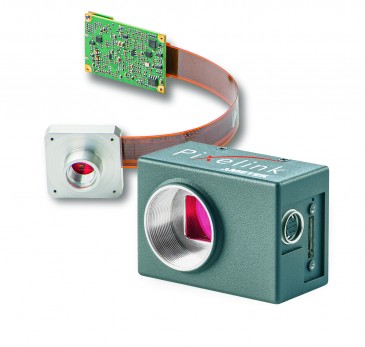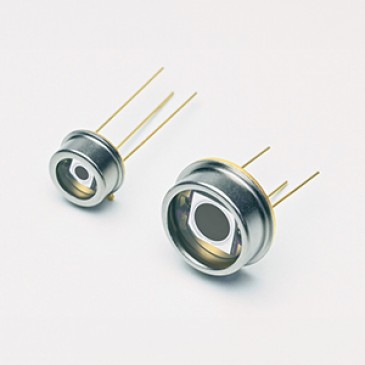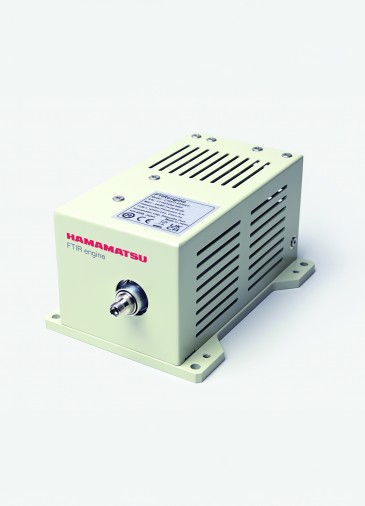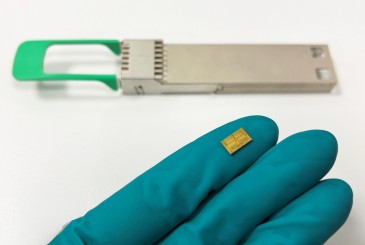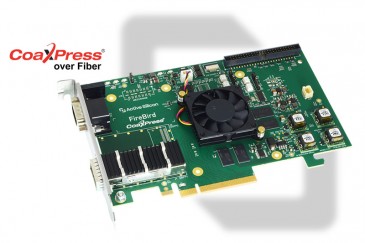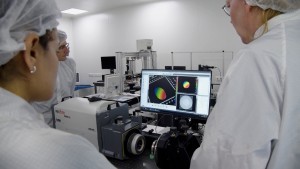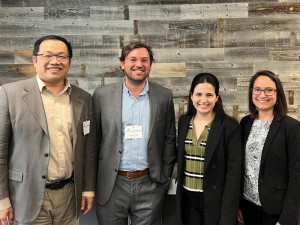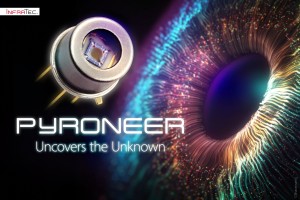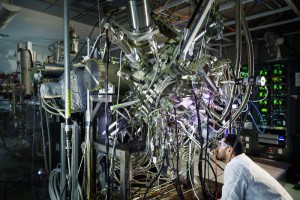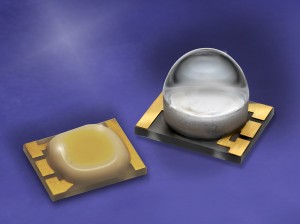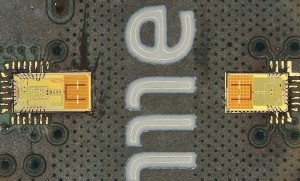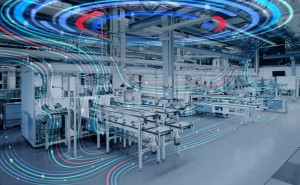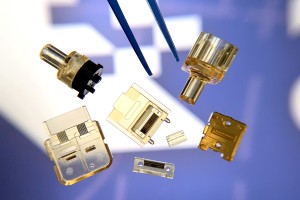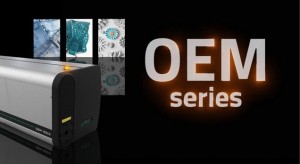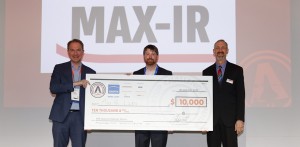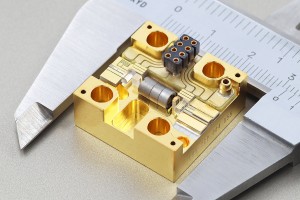
Researchers at the Massachusetts Institute of Technology (MIT), in collaboration with colleagues from the University of Washington in Seattle, Washington (US) and Oxford University in the UK, have made strides toward better understanding why tiny defects hamper the performance of perovskite thin films and how to heal these defects by making ions move under intense illumination.
Why defects are detrimental to perovskite performance
A hot research topic, perovskite solar cells have been hailed as one of the most promising next-generation solar technologies. However, tiny defects — called traps — in the compound’s crystalline structure can cause electrons to recombine with atoms before the electrons can reach a place in the crystal where their motion can be harnessed, which impedes the solar cell’s conversion efficiency.
"In our study we use light emission from the sample as a metric of material quality. In particular, it is well accepted that in order to achieve maximum photovoltaic efficiencies, a material should emit the same amount of light as it absorbs when it is not connected to a load," explains MIT researcher Samuel Stranks, a Marie Curie Fellow jointly at MIT and Cambridge University in the UK. "Or, in other words, for every photon of light absorbed, the material should emit one photon."
Creating halide movement via illumination removes defects
Perovskites do not currently live up to this expectation of suitable electronic materials... yet. So it has been a technological goal to make the materials more emissive so maximum power conversion efficiencies can be achieved.
"We and other groups have seen slow enhancements in light emission from the perovskite materials when we illuminate them, meaning the ratio of ‘light in’ to ‘light out’ is changing over time," Stranks says. "During this process, we found that we are removing defects — traps — which otherwise inhibit the emission from the material. We find that these enhancements correlate with movements of iodine away from the illuminated region, which we can see by using chemical imaging, suggesting that the movement of ions is strongly linked to the removal of these defects."
These "traps" are sites in the crystal structure that impede the charge carriers from moving through the material to the electrode. The expert explains, for example, that an energized electron might fall into one of these sites for long enough that it loses its energy before it is able to reach an electrode and do useful work.
Through this research work, the multi-university team gained fundamentally new understanding of perovskites. "We discovered that there is a strong correlation between the local chemistry of the material and the way charge carriers move and interact," Stranks says. "In particular, we have found that regions in the material with a large number of defects seem to be healed to a greater extent with light than regions that had fewer defective sites. This means the healing effects are not uniform across the whole material."
Materials more sensitive to small variations in chemistry than previously assumed
The groundbreaking findings could indeed influence the design of a more efficient next generation of perovskite solar cells. "Our work suggests that the materials are more sensitive than we thought to small variations in chemistry. This means that we need to process them with a much more uniform chemistry distribution — likely without excesses or deficiencies of ions in certain regions. It also hints at light soaking being a potentially key industrial technique to improving the material performance."
Furthermore, there are advantages to healing perovskite films with illumination and without applying an electric or magnetic field. "Scientifically, it makes it a little easier to try and understand the ‘healing’ mechanism by removing complicated effects induced by electric or magnetic fields," the expert says. "Technologically, it is a contactless method that could even be done during the manufacturing process before the electrodes are laid down, which could be advantageous on a tight production line."
Next, Stranks says they "need to try and work out ways to permanently retain the effects of the light soaking or to design materials that have very few defects and therefore do not need to be healed by light."
The paper "Photo-induced halide redistribution in organic-inorganic perovskite films," published in the journal Nature Communications, details this research work.
Written by Sandra Henderson, Research Editor, Novus Light Technologies Today










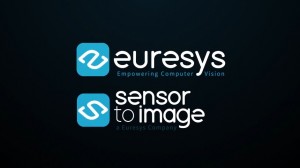















 Back to Features
Back to Features

